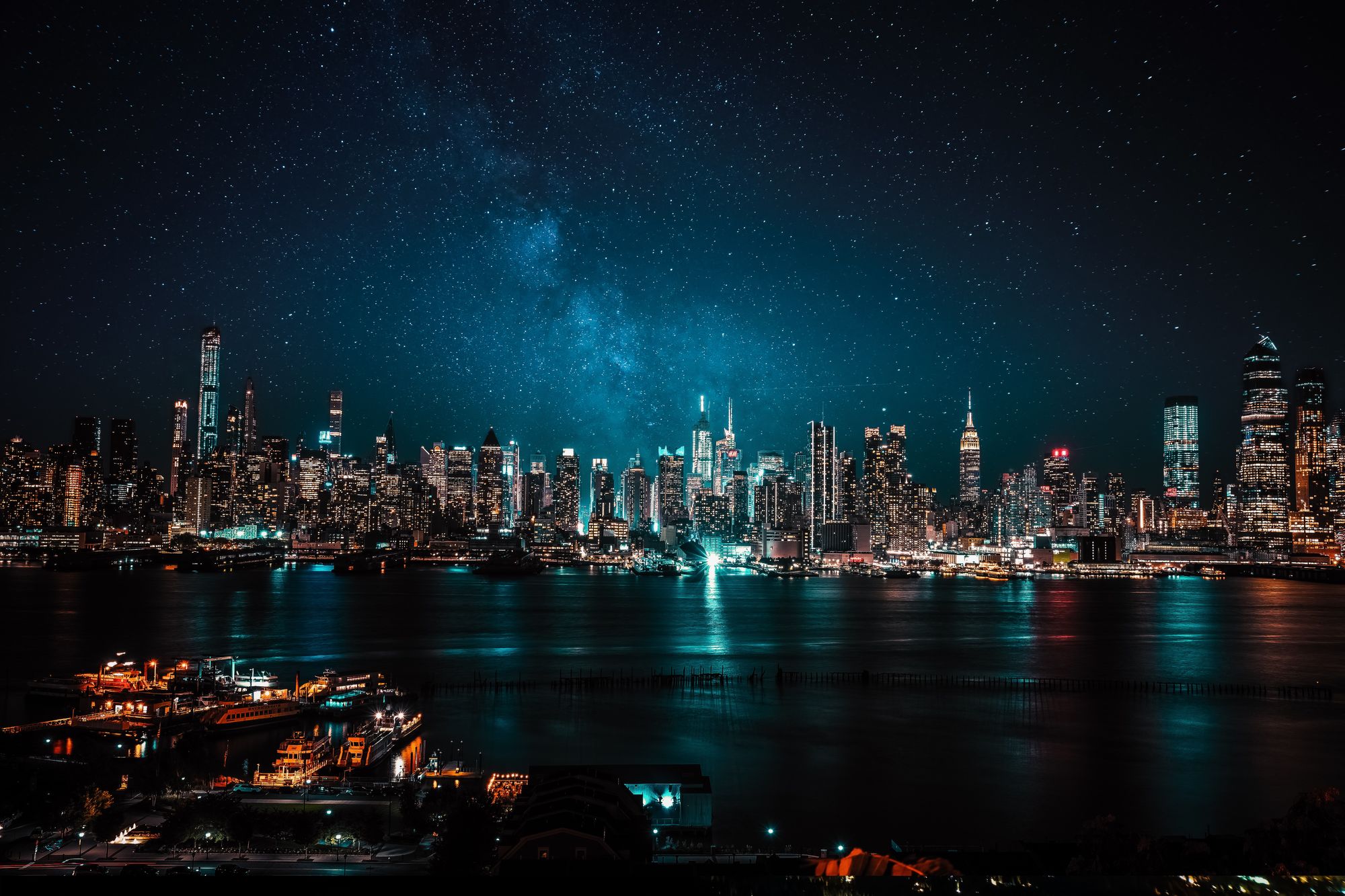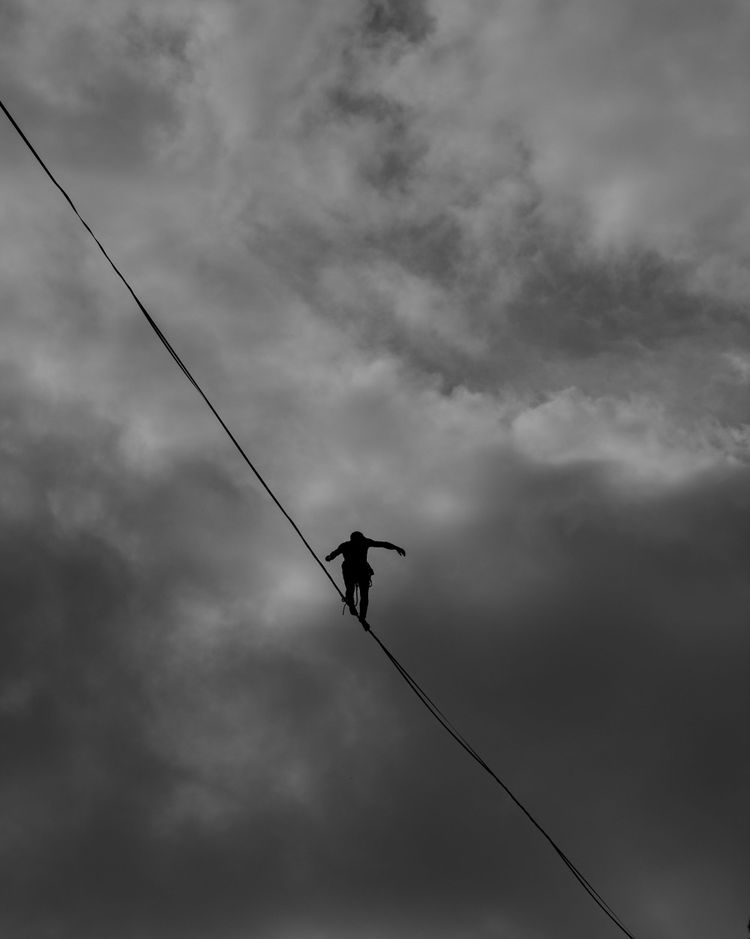The Metaverse Is Already Here

Ah the Internet, the place where we kick back, look at memes, play video games, and ignore Slack messages. Wait, did I just say “place”? Well, surely it’s just a figure of speech, right? But if the Internet isn’t a place, then what is it? A set of tools we use? But we interact with the Internet, not just consuming but creating and socializing. Each website is not just a one-dimensional tool, but a complex experience with which we interface. So, what if these experiences are encapsulated by places, the places of the Internet?
Perhaps you’ve heard of the Metaverse. For those who haven’t, the Metaverse is Mark Zuckerberg’s feudal territo...the Metaverse is the concept of a future Internet which we can explore in VR, as though it is an actual, persistent 3D space. Now, this obviously sounds futuristic, and it’s often coupled in discussion with technologies which still seem fringe to many of us—cryptocurrencies, NFTs, VR, etcetera. However, few major developments in mankind are just on/off switches. No single moment moved Europe from feudalism to capitalist nation-states. We didn’t jump from horses straight to mass-produced Model Ts. And the Metaverse is no exception: It’s a gradient which we have already been building for years. We, as the citizens of the Internet, already inhabit a digital realm which operates as a connected collection of places.
A critical component of place and space is its connectedness. We don’t exit our houses into the black void to go to the supermarket. Of course, by definition, the Internet is connected but mostly under the hood. However, its connections are more apparent to us than ever before. Integrations have been a core focus of digital development over the past decade, making the web appear less separate. Digital office suites seamlessly share data, video games integrate with social platforms like Discord, and appointments, flights, and reservations automatically populate our calendars. We are already witnessing an interconnected universe online which grows more unified by the day.
The second, and most crucial, component of digital space—of the Metaverse—is immersion. When we are truly immersed in a digital experience, we enter it as a space in our minds. Oftentimes, this is easiest to experience when playing a video game because the gaming industry has been actively striving for immersion for decades. Try to think back to a time when you were deeply immersed in an online experience. Did you have a concept of the world outside of your screen? Did you notice it get dark as the hours passed? Did you even feel your own body and the movements of your fingers? Or was the only place your conscious inhabited the one within your screen?
So then why, if the Internet is space that we enter, isn’t this space more apparent to us? Well, immersion is the most important component of the Metaverse, so it’s also the Metaverse’s primary bottleneck. Within digital spaces, our senses are limited to sight, sound, and rudimentary touch with haptic feedback. Having this limited interface makes full immersion difficult, but those of us who spend lots of time on computers know that near total immersion is possible, where the world around us seems to freeze and, for a time, become less real than the digital world into which we have submerged ourselves. Because interface is the biggest limitation to our access to digital spaces, it is the area where the most development is needed. The spaces themselves, as an interconnected digital world, already exist.
Think about the term website. We take it to be quite a separate word from site in the context of the physical world, like a historical site. However, if we take the word website more literally—“an area of ground on which a town, building, or monument is constructed, but on the web” we can see the roots of the physical structure of the Internet. On websites we find buildings—shops, town halls, movie theaters, and more. YouTube is a theater into which you enter, with unlimited private showings lining the corridor in front of you. A search on Amazon generates a curated aisle for you to browse, stocked with nearly unlimited items. A blank website, marked by an unowned domain name, is natural, unclaimed land, and short domains containing real words—those URLs which are easiest to navigate to, are the flat, waterfront properties on which many of our grandest cities are built.

Alright, before I get carried away, let’s take a step back. Ultimately, the argument I’ve made is one of perspective. Obviously, in the most literal of senses, the Internet is not physical space, nor will it be even in a decade or two when we’re spending our days in fully interactive VR bubbles. However, by seeing the many similarities between digital and physical spaces, not only in their structure, but also in the way in which we interact with them, we gain a useful perspective for analyzing the Internet, its function in our lives, and its trajectory into the future. Most importantly, in my opinion, this perspective allows us to examine the crucial differences in the structure and power dynamics of the Internet when compared with our physical realm.
One of the clearest areas of difference is in debates and forums. In the physical world, public or private non-profit spaces exist for public debate, discourse, and community-building, like town halls and community centers. It is the responsibility of the government to provide people with safe, relatively unbiased spaces to meet and communicate. On the Internet, all debate, discourse, and community-building is privately owned and for-profit. Our public forums are now owned by corporations like Facebook, Twitter, and Reddit. And while these platforms appear to strive for neutrality and freedom of speech, we know that, in reality, they do not provide free, unbiased spaces for discussion.
We can also dig a little deeper to see the differences in the core infrastructure of our two worlds. For example, the vast majority of roads in the Global North are public. It is the responsibility of the government to provide us with navigable, safe roads so that we may transport ourselves. In the US alone, we have over 4 million miles of public roads. On the other hand, on the Internet, all roads are privately owned. The infrastructure you use to navigate from your home computer to a website or online video game is provided to you by your ISP. In fact, all digital infrastructure—provided primarily by the tech megacap companies—is private and mostly unregulated. And while some governments try to regulate the symptoms of this corporate digital infrastructure—namely by limiting the collection of personal data and limiting the enforcement of app store fees—the underlying cause persists. The tech megacaps—namely Amazon, Google, Microsoft, and Apple—run their own cities online, controlling the entertainment you see, the shops you get advertised, your personal data, and the terms and conditions of your existence in their spaces.

Now, if the Internet were just a privilege, maybe this would not matter so much, but the pandemic has shown us just how critical our early Metaverse is to our lives. And even before the pandemic, how many of you had recently gone to a town hall or community center? What about a department store? A library? Digital experiences are gradually dominating physical ones, which has only been accelerated over the past year and a half. Yes, there has been reflexive pushback in some areas, especially education, dining out, and sports and concert attendance, but we should not let specific examples obscure the overall trend. And even with our “back to normal” correction, online education is still bigger than ever, takeout and delivery still represent huge shares of the restaurant industry, and Fortnite’s digital concerts still draw millions of attendees. We collectively have a limited amount of time and attention, so any time we spend in the digital world is time not spent in our physical spaces and communities. Post-modern philosopher Jean Baudrillard called this the “desert of the real,” which creates a sort of positive feedback loop for the digital world. As the immediacy and excitement of the Metaverse draws people away from the physical world, it becomes more and more desolate, driving further conversion.
If we combine this shift from physical to digital with the differences highlighted earlier, we see a shift in power, influence, and relevance away from the structures and values of our physical worlds towards those of the digital world. Democratic, representative institutions see their power eroded to the private institutions of the Internet. By committing our time to the Metaverse, we make it real—despite its digital nature—and, therefore, give it real power and influence. The differences between our two worlds are not isolated, they—by the nature of our limited attention and energy—inherently affect each other in a decades-long tug-of-war.
Look, I love the Internet. Between working from home, watching YouTube, playing video games, and a myriad of other tasks and activities, I spend over 12 hours per weekday online. Maybe this whole video is a sign of my addiction-induced delusions. I promise I go outside on weekends! But my point is, I want the best for the future of the Internet, and I don’t think continuing to view it as simply a set of tools is going to get us there. By maintaining a 2-dimensional perspective on the Internet, we risk ignoring its very 3-dimensional qualities and their effect on our systems of power. The Metaverse is here, so it’s time for us to be more conscious about the digital world we’re building.




